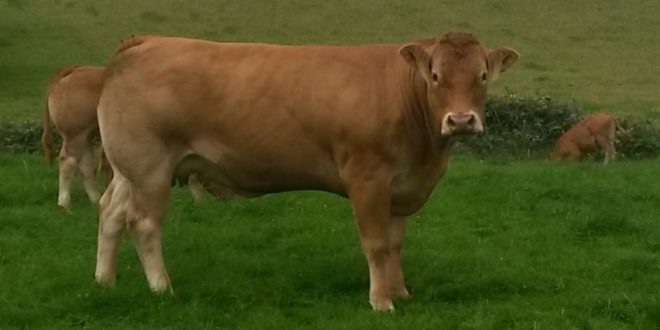Thirty ranches near an army base in southeastern Alberta are now under quarantine as food safety officials test for bovine TB.
The case was reported in September in an Alberta cow that was slaughtered in the United States.
The Canadian Food Inspection Agency says its veterinarians and inspectors are making contact with cattle producers in five agricultural zones and are working with provincial authorities to investigate the report.
What is bovine tuberculosis?
Bovine tuberculosis (TB) is a chronic contagious bacterial disease of livestock, and occasionally other species of mammals, resulting from infection with Mycobacterium bovis (M. bovis).
What are the signs of disease?
The bacteria associated with the disease may lie dormant in an infected animal for years without causing clinical signs or progressive disease symptoms. It can reactivate during periods of stress or in older animals. When disease becomes progressive, it generally results in enlarged lesions which may be found in a variety of tissues including lymph nodes of the head and thorax, lung, spleen, and liver. In countries with eradication programs such as Canada, advanced disease is rare as most cases are detected at an early stage when infection typically consists of few or small lesions in the lungs or lymph nodes associated with the respiratory system.
Similarly, few infections in Canada progress to the point of presenting clinical signs. Nevertheless, when progressive disease does occur, the general signs are weakness, loss of appetite, weight-loss and fluctuating fever. When the lungs are extensively diseased, there can be an intermittent, hacking cough.
How is this disease spread?
Infected animals with progressive disease shed the bacteria in respiratory secretions and aerosols, feces, milk, and sometimes in urine, vaginal secretions, or semen. As a result, disease may be spread in a variety of ways, most commonly through the inhalation of micro-droplets in aerosols from already infected animals and from the ingestion of contaminated food and water.
Certain scenarios can create considerable risk of transmission and introduction of bovine TB into other herds. The movement of infected animals from one herd to another with subsequent extended close contact can increase this risk. In addition, where infected wildlife are a reservoir of disease, there is the potential for ongoing transmission to livestock. Refer to Fact Sheet – Wild Animals for details.
Can bovine tuberculosisbe spread to humans?
Bovine TBis a zoonosis, that is, an infection that can be transmitted from affected animals to people, causing a condition similar to human TB. People are most commonly infected through the ingestion of unpasteurized dairy products derived from infected animals but also through inhalation of infectious aerosols or direct contact through breaks in the skin. Currently the risk to the general population in Canada is considered to be very low due to pasteurization of milk and livestock surveillance and testing programs. Owners and handlers of infected cattle may be at risk and anyone who may have been exposed to an infected animal should seek medical advice. For those who contract Bovine TB it can be treated successfully with antimicrobial drugs. Untreated infectious have the potential to be fatal. The CFIA imposes a quarantine on infected premises to help protect members of the public.
Agencies/Canadajournal
 Canada Journal – News of the World Articles and videos to bring you the biggest Canadian news stories from across the country every day
Canada Journal – News of the World Articles and videos to bring you the biggest Canadian news stories from across the country every day



